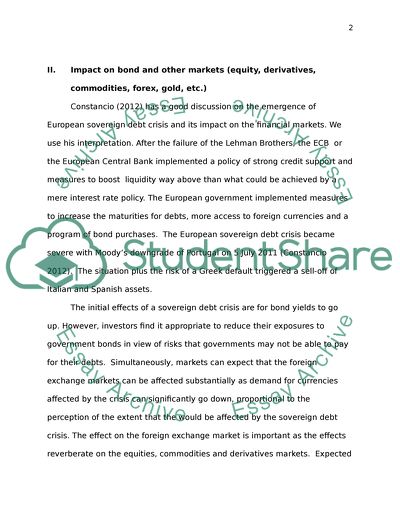Cite this document
(“European Debt Crisis Essay Example | Topics and Well Written Essays - 1500 words”, n.d.)
Retrieved from https://studentshare.org/finance-accounting/1461590-european-debt-crisis
Retrieved from https://studentshare.org/finance-accounting/1461590-european-debt-crisis
(European Debt Crisis Essay Example | Topics and Well Written Essays - 1500 Words)
https://studentshare.org/finance-accounting/1461590-european-debt-crisis.
https://studentshare.org/finance-accounting/1461590-european-debt-crisis.
“European Debt Crisis Essay Example | Topics and Well Written Essays - 1500 Words”, n.d. https://studentshare.org/finance-accounting/1461590-european-debt-crisis.


